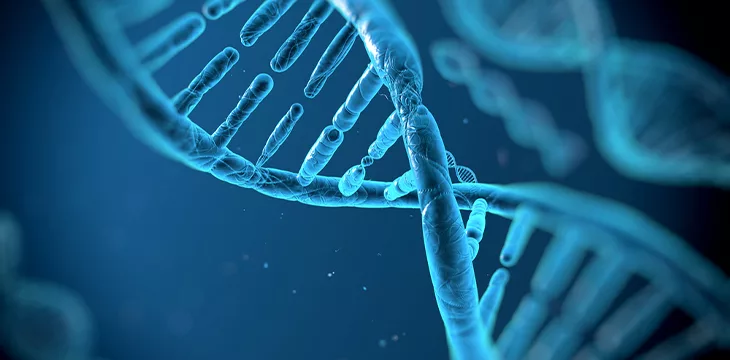|
Getting your Trinity Audio player ready...
|
A team of chemists has turned to blockchain technology to generate a network of chemical reactions to identify molecules present for the formation of life on Earth.
The study attempts to identify early forms of metabolisms created on earth without enzymes in a remarkable use case for blockchain outside finance. This was done by reengineering a distributed ledger to generate chemical reactions rather than solving complex mathematical problems for mining digital currencies.
The researchers, drawn from several global universities, began the study with water, ammonia, and methane—molecules expected to be present in Earth’s formative stage. Using smart contracts, the scientist lays ground rules for the interaction between molecules to improve the plausibility of the study.
Upon launch, the network, which experts have termed Network of Early Life (NOEL), birthed 11 billion reactions, with only 4.9 billion of the lot dubbed “plausible” by the researchers. When narrowed even further, over 100 reactions were found to be self-replicating, a feature necessary for the creation of life as we know it.
With only a fraction of reactions found to be self-replicating, lead researcher Bartosz Grzybowski argues that the concept may have occurred in the later stages of the earth’s formation rather than at the start.
“Our results mean that with only small molecules present, self-amplication is a rare event,” said Grzybowski. “I don’t think that this type of self-replication was operative on primitive Earth, before larger molecular structures were somehow formed.”
The blockchain-based study leaned on computer specialists at Allchemy to spread the calculations across hundreds of computers in line with the spirit of decentralization. Computers contributing to the study earn digital currencies in exchange for computing time, reducing the cost and time for researchers to generate 100 billion reactions.
“It is very hard for the developing world to even compete with these universities because they don’t have access to supercomputers,” remarked Grzybowski. “But if you can distribute computing in this way for a fraction of the cost, you can give other people opportunities to play.”
Grzybowski opines that repurposing distributed ledgers and integrating them with artificial intelligence (AI) can open new use cases outside non-fungible tokens (NFTs) and decentralized finance (DeFi).
Blockchain-based research gathers steam
Beyond finance, researchers are exploring new utilities for blockchain, with a rising trend in healthcare and medicine. One South Korean engineer utilized blockchain to track bed bug infestations in the country, mapping hotspots via interactive maps.
New use cases have been identified across several verticals, including criminal investigation, humanitarian aid, logistics, and real estate. At the core of all utilities is blockchain’s cost-saving, transparency, and immutability properties, which experts say can improve processes for enterprises incorporating the technology.
Watch: With blockchain, the utility is becoming more and more important

 12-18-2025
12-18-2025 




